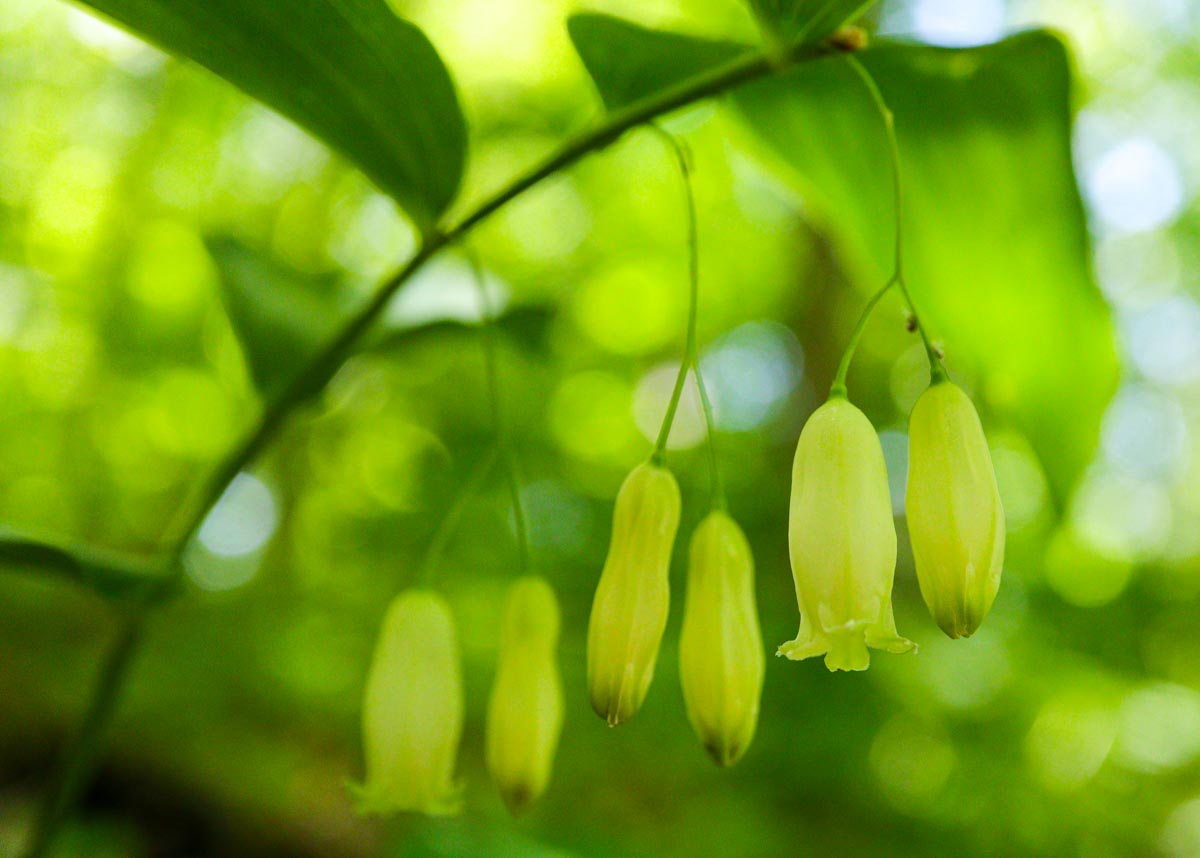My dad would always bring along his trusty flower field guides when we headed north for the summer. Upstate New York is full of amazing flora, and we found everything from carnivorous plants in lonely bogs to alpine flowers on the highest Adirondack peaks. There were also many flowers we saw each year in the woods around our home, and it was a rite of passage to rediscover them each year. I still have one of his field guides, with notes written in the margins on when and where we found them over many seasons.
One of these I remember best is the true Solomon’s seal. When my dad first named this for me, I was confused why it was true. He explained that there was another plant, the false Solomon’s seal. Maybe to simplify things for me, he described the true plant as being modest, with flowers hanging half hidden by leaves. The gaudy false Solomon’s seal, on the other hand, had showy flowers flaunted on the end of its arching stem. He conveyed a value judgment to the importance of being true and not boastful, in an allegory of flower names.
The flowers are usually ivory tinged with yellow and green, blending into the vegetation with their cryptic colors. It is easy to miss them completely unless you peer down to see the blooms hanging like tiny bells beneath their arching stems. They flower in my woods for a month or more, especially in years when spring is cool and rainy.
With all the words in the English language, it seems there could be better names for these two plants. But they bring back happy memories of our annual flower treasure hunts. Over the years I have tended to move away from common names, which can be confusing and redundant. But for this plant, I remain imprinted on the early lesson from my father. Whenever I see it, I feel as if this is an especially good plant and deserving of my admiration.
